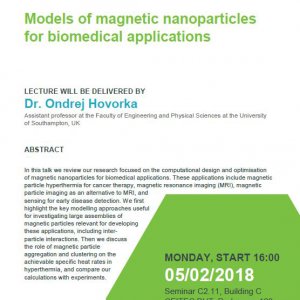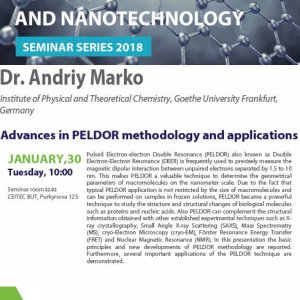StruRANA – Structure, maturation and cell entry mechanisms of ranavirus virions
|
Project Number / Acronym |
618111 / StruRANA |
|
Funding scheme |
7th Framework Programme – People |
|
Call identifier |
FP7-PEOPLE-2013-CIG |
|
Start Date / Duration |
1st September 2013 / 48 months |
|
Project Cost |
EU funding 100.000 € |
|
Project Coordinator / Person in charge of scientific aspects |
Masaryk University, Prof. Vladimír Sklenář |
|
Researcher |
Dr. Daniel Němeček |

ABSTRACT
The long-term goal of this proposal is to understand the molecular mechanisms of the replication cycle of nucleocytoplasmic large DNA viruses that attracted attention after the discovery of the giant Mimivirus a decade ago. Here, we focus on ranaviruses from the family Iridoviridae that have caused large economic losses in Europe and Asia and threaten wildlife biodiversity worldwide. The ranavirus disease has therefore been listed by the World Organization for Animal Health.
Ranaviruses have a unique replication cycle that leads to two coexisting forms of infectious particles, naked capsids and enveloped virions, each with different mechanisms of cell egress and cell entry. Additionally, the proteinaceous capsid contains an internal membrane that presumably assists to assembly of a large DNA-free icosahedral shell. This shell is subsequently filled by the viral genome and transforms into the mature capsid by a headful packaging mechanism that is also used by some dsDNA bacteriophages. We aim to characterize the structural and mechanistic features of ranavirus assembly, maturation and cell entry by combination of cryo-electron microscopy and tomography with other complementary techniques. The novelty in our plan is application of cryo-FIB micromachining and cryo-electron tomography to visualize the intracellular steps of the ranavirus replication cycle in 3D at native conditions.
 |
Figure 1. Scheme of iridovirus replication cycle. In this proposal, we focus on capsid assembly and maturation in the assembly site and cell entry by the naked and enveloped virions.
PROJECT AIMS
- To identify the structural basis of subunit recognition that guides assembly of large icosahedral capsids of type ranaviruses and elucidate the function of the internal membrane in this process
- To determine the conformational changes that accompany maturation of ranavirus capsids and regulate the headful packaging of the dsDNA genome
- To ascertain the mechanisms of cell entry by the naked capsids and enveloped ranavirus virions







